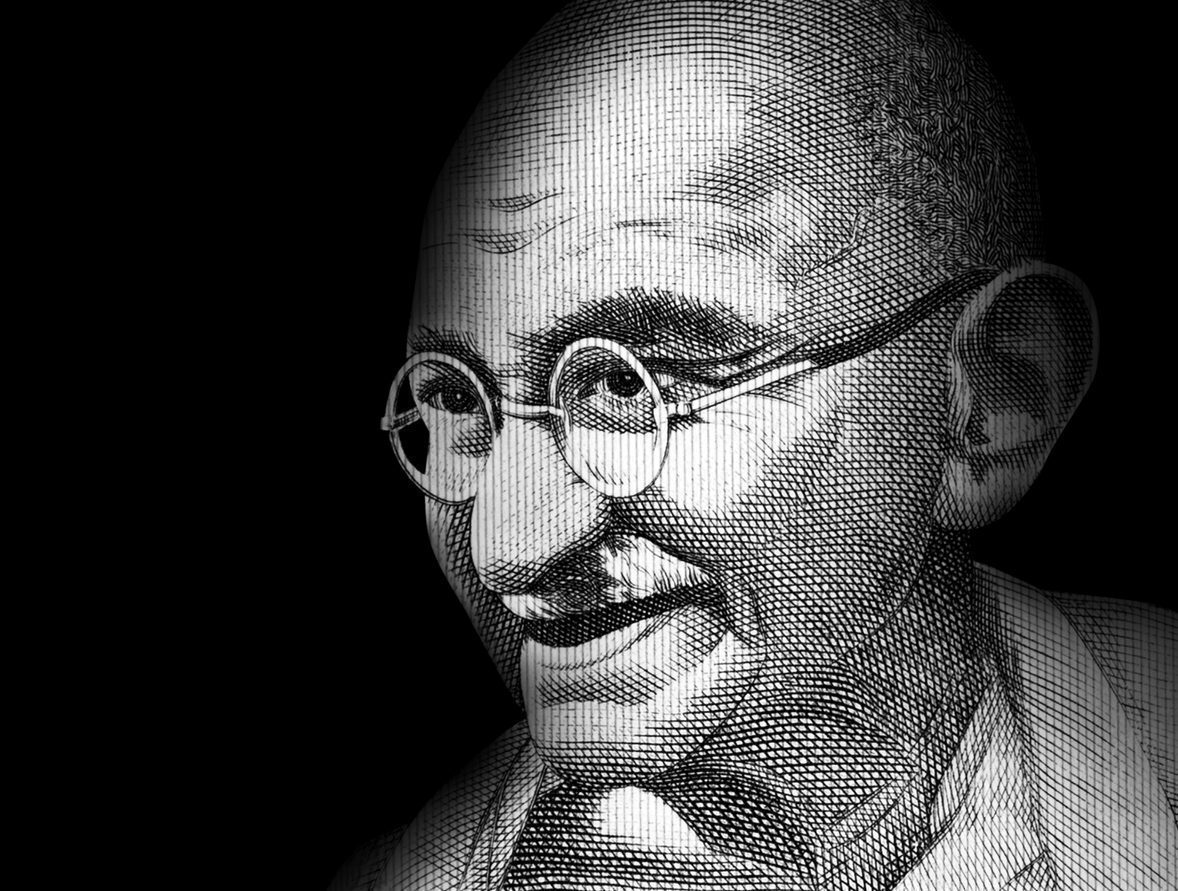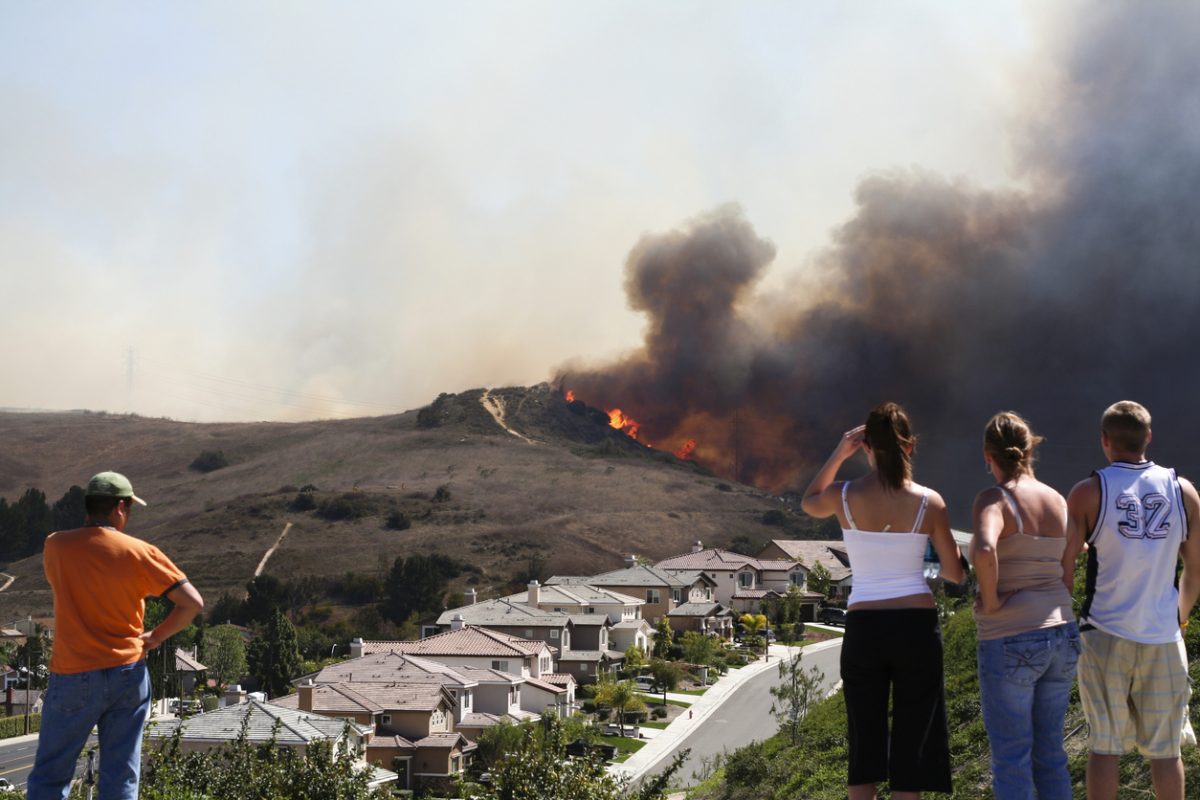Because this piece does not have an abstract, we have provided for your benefit the first 3 sentences of the full text.
On January 31, two Chinese tourists in Rome tested positive for coronavirus disease 2019 (COVID-19). One week later, an Italian man who had returned from Wuhan, China, became the third case in Italy.
These 3 cases were worrisome but felt relatively far from us in Tuscany.


March 23, 2020. Tuscany, Italy.
On January 31, two Chinese tourists in Rome tested positive for coronavirus disease 2019 (COVID-19). One week later, an Italian man who had returned from Wuhan, China, became the third case in Italy.
These 3 cases were worrisome but felt relatively far from us in Tuscany. By February 21, the situation had worsened, and 16 cases were confirmed in Lombardy. On February 22, 60 additional cases were added. So, the epidemic had begun. As of March 22, a total of 4,826 health care workers in Italy have been infected by COVID-19, which means that some 9% of those infected nationwide by COVID-19 are health care workers. As of March 23, we have reached 63,928 cases and 6,078 deaths, out of a population of about 60 million (ie, less than one fifth of the US population).
At the beginning, many people minimized the problem and believed that we were dealing with something “just like the flu.” Even a number of politicians, in an attempt to reassure the public and preserve the economy, encouraged people not to change their habits and attempted to reassure everyone that some forms of social behavior were still safe, that the government was working toward a solution, and so on. Unfortunately, they were underestimating the risks.
Suddenly, everyone realized that the complications of COVID-19 are much, much worse than those of influenza. We realized how quickly COVID-19 spreads. Influenza is transmitted 1 to 1.4, which means that after 10 transmissions, 29 people are infected (1.410 = 28.9). COVID-19 is transmitted 1 to 3, which means that after 10 transmissions, 59,049 people are infected (310 = 3 ×— 3 ×— 3 ×— 3 ×— 3 ×— 3 ×— 3 ×— 3 ×— 3 ×— 3 = 59,049).
We were shocked. Most hospitals had plans in place for a COVID-19 outbreak, but few, if any, had imagined that it would have been so quick, extensive, and devastating. Emergency plans worked, to a degree. However, there were cases in which patients and health care providers were infected in emergency rooms or other areas of hospitals.
Each psychiatric department reacted as it deemed appropriate, based on the local situation. In Siena, we rapidly switched almost all (more than 90%) of the outpatient visits to telemedicine sessions. We had very little, if any, experience with telemedicine, but we had no other choice. For most patients, we just used the phone. In other times, we would have been concerned about consent, privacy, data protection, and related issues. Now, though, we had more important issues to deal with. We decided to use the simplest method of virtual communication: the phone. Each of our patients had, and knew how to use, a phone, including very elderly patients. We allotted the same length of time for a phone call as was allotted for a visit. Surprisingly, it worked. For those patients who had applications such as WhatsApp or FaceTime, we conducted the visits via video calls, and they worked even better. For the most severely ill patients, we continued in-person visits.
We already had in place relatively stringent handwashing procedures. In fact, our unit instituted a policy in October 2019 that banned handshakes, in order to prevent hospital infections. Each room on our units has a sign inviting everyone to greet one another with a smile instead of shaking hands. However, we knew that washing hands and avoiding handshakes were necessary, but not sufficient, measures. Indeed, we saw quickly that many people who carefully washed their hands and did not touch anyone or anything became infected regardless. We had few face masks available in the very first days and no protective glasses, which we believe are as important as face masks. Hence, we provided information on how to make a face mask (type of tissue, sterility procedures, etc). We explained that the self-built masks were not approved and did not provide 100% safety but were most likely better than nothing. We used those while waiting for an adequate supply of face masks to become available. We encouraged all of our personnel to at least wear glasses (even sunglasses, for those who did not have eyeglasses), until the protective glasses became available.
We canceled all in-person meetings and clinical briefings and replaced them with video calls. We used the platform Zoom.us, which everyone found quick and easy to learn. We rearranged our outpatient units. In some cases, we did not move the furniture around; we just made sure that one chair was on one side of the room and the other chair was on the opposite side and that the chairs were at least 2 m (6.5 ft) apart. The national health authorities recommended 1 m as a safe distance. We preferred to be safer: at least 2 m if a person is talking, at least 3 m if a person is sneezing or coughing, and at least 1.5 m if a person is just breathing. We recommended that outpatients and workers not talk while they were receiving or performing procedures such as physical examinations, ECG recordings, and blood draws. We did our best to limit inpatient intakes to only those that were absolutely necessary. Our division of psychiatry is part of a relatively large general university hospital that hosts most of the medical and surgical divisions. The hospital quickly decided to split the emergency department and all of the inpatient units into two main areas: Area COVID and Area Non-COVID, which were located in different and separate areas of the hospital.
As of today, both of our psychiatric inpatient units have been allocated to the non-COVID area. When patients with COVID and mental health issues are admitted to an inpatient unit, they go to a unit in the COVID area, where we serve them through our consultation liaison service. We retrained our personnel for infection prevention and control and developed internal procedures for the treatment of COVID-related issues (eg, delirium).
Some hospitals in the north of Italy, where the epidemic is even worse than it is here, are admitting COVID-positive patients in the psychiatric units. Usually they are patients whose psychiatric symptoms are more severe than their COVID-related physical symptoms. Until today, we have provided mental health treatment to many of our COVID-positive patients at their home, primarily via telemedicine. Other patients with mental illness have been admitted to the infectious disease COVID areas of our hospital. For those patients who are unable or unwilling to stay isolated, or who are engaging in highly dangerous behaviors (eg, spitting on or biting personnel or other patients), we have adapted a room in the COVID area to serve as a seclusion room. As the number of patients is unfortunately growing, we are also adapting one relatively large room in our psychiatric unit to serve as a seclusion room for COVID-positive patients, in case the seclusion room in the COVID area is not available.
All of our colleagues and health care workers in different divisions are facing exceptional work and psychological demands. A number of them have developed anxiety, uncertainty, fatigue, and a sense of helplessness, which have undermined their psychological well-being. To this end, we have started a program to provide individual psychological support, especially for those that are working in COVID units. All sessions are delivered via WhatsApp video calls at the end of the work shift.
We have noted that a number of colleagues have developed insomnia and anxiety, which in some cases have progressed to alarm and panic. Some progressed instead to resignation. Both reactions were painful and dangerous, given the risk that these psychological states will be associated with less rational behaviors (ie, not being careful when wearing protective masks, glasses, and clothes) and a lowering of the body’s defenses, including biological ones. Our program is directed at helping them manage stress and regain as much psychosocial well-being as possible.
We are also about to start a group program that is dedicated to helping a larger number of our hospital workers and is aimed at facilitating communication, talking, sharing experiences, and expressing fears and hopes at the end of a work day. They spend long days in the hospital, with masks and protective clothing on, sometimes viewing other people (including colleagues) as potential sources of infection. Once they finish working, they have no alternative than to go home, given that all Italian citizens are now mandated to stay at home if they do not work in an essential service such as a hospital. Hence, they may benefit from social contact, provided via the Internet, in a group setting, at the end of the working day, while they are in their home and not having to wear the protective garments they wear all day long. We believe that offering a space to talk electronically, share experiences, and comfort each other can be helpful, especially for those who do not have anyone at home.
We will press onward with these measures while we all hope that things are better soon.
aUniversity of Siena School of Medicine, Siena, Tuscany, Italy
bUniversity of Pittsburgh School of Medicine, Pittsburgh, Pennsylvania
*Corresponding author: Andrea Fagiolini, MD, University of Siena School of Medicine, Siena, Tuscany, Italy ([email protected]).
J Clin Psychiatry 2020;81(3):20com13357
To cite: Fagiolini A, Cuomo A, Frank E. COVID-19 diary from a psychiatry department in Italy. J Clin Psychiatry. 2020;81(3):20com13357.
To share: 10.4088/JCP.20com13357
© Copyright 2020 Physicians Postgraduate Press, Inc.
Published online: March 31, 2020.
Potential conflicts of interest: None.
Funding/support: None.
This PDF is free for all visitors!



